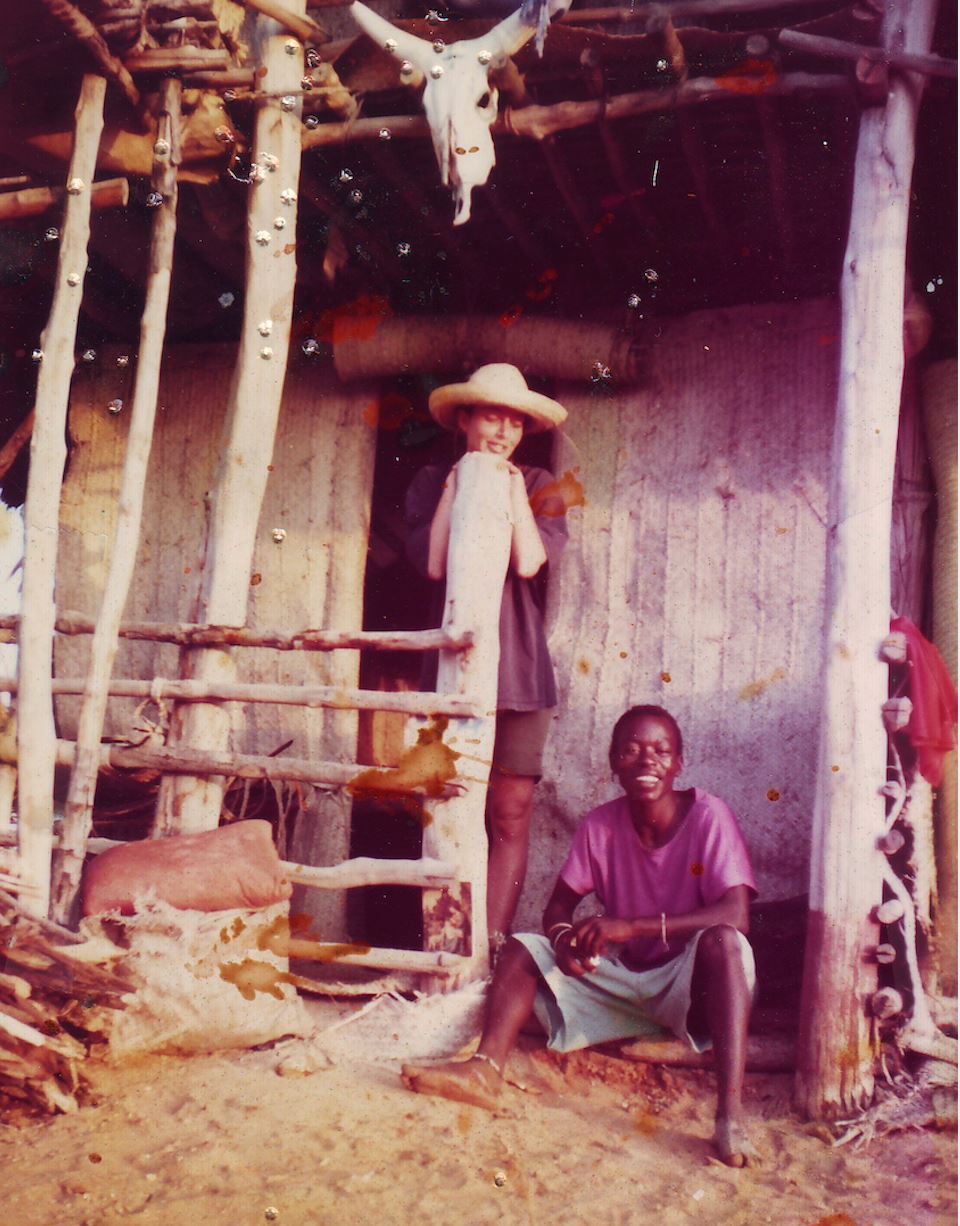
Design Thinking and Changing the World
As a social entrepreneur I spend a lot of time thinking about the world’s problems and the best ways to solve them. As a former designer, I developed early on the habit of looking for solutions in unusual and sometimes unexpected places.
It is likely that my background in the arts influenced how I think about finding solutions to social problems. All art and design students learn to creatively express ideas without depending on words or symbols and to generate solutions that have emotional and intuitive appeal.
Additionally, art and design students are exposed to a group critique process as a method of fine-tuning solutions. Group critique teaches how to recognize and incorporate different perspectives into the actualization process.
In 2000 IDEO, a nationally-recognized design firm, increasingly found itself being asked to apply the same thinking skills designers use to develop new and user-friendly products to larger societal problems, such as health care and education. In response to this work, one of IDEO’s founders coined the term “design thinking” to represent an approach to problem solving that moved away from the analytical and rational and evoked a more “human-centered” outlook.
Design thinking encapsulates the same creative processes designers use to develop a product that provides a solution to a user’s need. Tim Brown and Jocelyn Wyatt, in an essay for “Stanford’s Social Innovation Review,” define design thinking as:
“Incorporating constituent or consumer insights and rapid prototyping, all aimed at getting beyond the assumptions that block effective solutions. Design thinking — inherently optimistic, constructive, and experiential — addresses the needs of the people who will consume a product or service.”
Think water bottles, ATM machines and the iPod!
In its current iteration design thinking as a tool applied to social innovation is more commonly used to tackle program-related challenges such as distribution, access and equity (i.e. how do we distribute water more evenly). But after a decade of thinking about creativity and programs myself, I became interested in how I could apply design thinking to fundraising, the engine that drives the rest of the machine.
Raising money for a nonprofit is an ongoing, competitive and often tiring experience. Every nonprofit leader spends a good part of his or her time both thinking about and raising money, when most would prefer to focus on administering the programs that are actually fulfilling the agency’s mission.
I asked myself: is there not a way to apply design thinking to come up with better fundraising models? Instead of asking how our donors can give us more money, maybe we should ask how we can give them more value for their gift? And then, what is that value? New ideas? New relationships? Entertainment?
I began to apply my design thinking skills:
A new approach to fundraising — thinking like a designer.
The first step is taking inventory of what you already know. Who are the donors? What are their demographics? How much do they give? What prompts them to give? You may even ask what you think you already know to reaffirm if you know it correctly.
Think of your donors as your users. Listen to them. Invite them to share with you why they give. Invite those who haven’t given recently or who donate time but not funds to contribute their thoughts. Make sure your group is diverse. Ask what you don’t know. Don’t ask yes or no questions! Ask creatively. Give options. Give choices.
Make sure you go into this process with a beginner’s mind. Many fundraisers are so committed to their agency’s missions that they lose track of how to hear other’s perspectives.
The next step is to synthesize what you’ve heard into the creation of a well-designed development solution. How? Consider inviting donors to participate in the imagining process — the process where we throw new fundraising ideas at the wall to see which ones stick. Don’t be afraid to seek inspiration in new places. I’ve found some of my best ideas lying on the ground looking up at the undersides of tables with my cats.
Think empathically. Ask yourself what makes you give to the agencies you support.
Share stories! Collect big ideas and look for common themes. Use a lot of Post Its and work on solutions with maps, role-playing and models. Invite others to share feedback on your ideas.
Try out your idea! Develop a timeline and try piloting the program.
Remember there are many types of good solutions, which IDEO sums up nicely: incremental solutions that fit within your capacity; evolutionary solutions which expand on your efforts; and revolutionary ones which take your agency into new and unchartered waters.
Most importantly, don’t be afraid of negative feedback or failure! These are opportunities to learn from the people who care most about your work — your supporters. By involving them in the process, you’ll be creating a team who is that much more invested in helping you to raise the money to build a better mousetrap.

